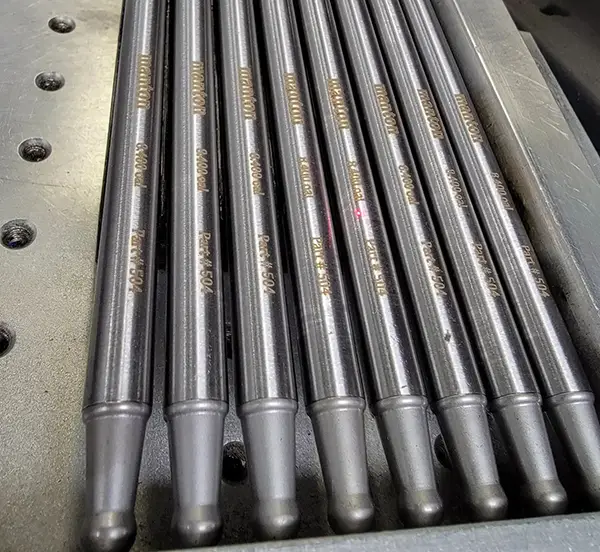Determining the correct pushrod length is often regarded as one of the most intricate aspects of the selection process due to the variability in valvetrain geometry and design
In the intricate world of high-performance engine building, each element holds significance, and the pushrod is no exception. This seemingly straightforward component wields a profound influence on engine performance, endurance and overall robustness. Engine builder professionals recognize that the careful selection of pushrods can make all the difference in the relentless pursuit of peak performance.
The bedrock of pushrod selection resides in the materials employed, a critical factor in pushrod performance. Three primary materials are used: steel, chromoly steel and aluminum.
Steel pushrods are ubiquitous in stock engines, are cost-effective and are characterized by limited strength and unimpressive weight characteristics, making them suboptimal for high-performance demands.
Chromoly steel pushrods are the preferred choice for performance engines because they outperform their conventional steel counterparts in both strength and weight considerations. Their reduced mass translates to valvetrain efficiency and durability.
Finally, aluminum pushrods are the lightest weight option, so they serve with distinction in racing applications where shedding valvetrain mass is paramount. However, they may exhibit diminished endurance compared to both steel or chromoly.
Material selection must be matched to the engine’s precise requirements, considering variables such as power output, engine rpm range and budget.
Moving on from material considerations, figuring out proper pushrod length warrants meticulous attention. Precision length determination entails measuring the distance from the lifter cup to the rocker arm cup during the lifter’s dwell on the base circle of the camshaft lobe. Many people opt to use adjustable pushrods to fine-tune this critical dimension. Pushrods that deviate from the “green zone,” whether too short or too long, introduce instability into the valvetrain, which can undermine engine performance.
Determining the correct pushrod length is often regarded as one of the most intricate aspects of the selection process due to the variability in valvetrain geometry and design. To tackle this challenge, let’s clarify some terminology.

